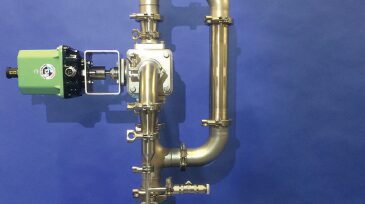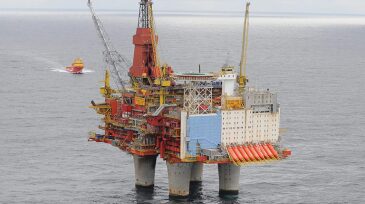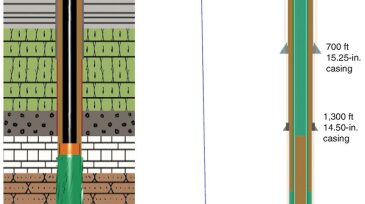Drilling automation
In this study, a method was developed to analyze the effects of drilling through transitions on bit-cutting structures and construct an ideal drilling strategy using a detailed drilling model.
This paper describes a machine-learning approach to accurately flag abnormal pressure losses and identify their root causes.
This research aims to develop a fluid-advisory system that provides recommendations for optimal amounts of chemical additives needed to maintain desired fluid properties in various drilling-fluid systems.
-
Automated particle-size analyzers are something you will not see on most drilling rigs, but some think this outside-the-oil-field technology will play a big role in the future of the drilling sector.
-
A pilot project carried out by Hess demonstrates how quickly automated drilling technology is able to take a rig from the bottom of the pack in terms of performance and push it to the top.
-
On the basis of safety performance results achieved through automation downstream, an operator set out to achieve the same advances in its upstream business.
-
Vimlesh Bavadiya is leading a team of engineering students at the University of Oklahoma (OU) to repeat its victory in SPE’s Drillbotics competition next year.
-
While there is talk about automation killing jobs, the reverse appears more likely as rigs have evolved to drill more difficult wells. Drilling automation will require more and better training programs to take full advantage of the technology.
-
The drilling-systems-automation roadmap (DSA-R) initiative is a cross-industry effort launched in June 2013 to help accelerate the adoption of advancements in drilling-systems automation (DSA) for both onshore and offshore wells.
-
Researchers at the University of Texas at Austin (UT) have set an audacious goal to halve the time, cost, and number of rig personnel required for drilling every type of well, from unconventional shale to ultradeepwater.
-
For the past several years, automated drilling has promised to deliver major improvements in drilling performance. But the technology is facing new obstacles that might affect its progress and commercialization.
-
One of the defining features of the 21st century will undoubtedly be the changing relationship between humans and automated machines.
-
This paper describes a number of system enhancements, including the ability to display and analyze not only the critical parameters of drilling hydraulics but also other information that allows different perspectives in considering the closed-loop system.













